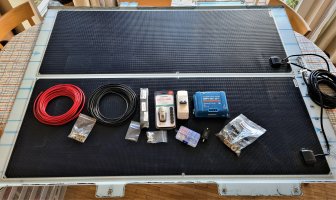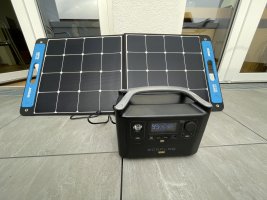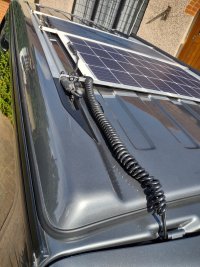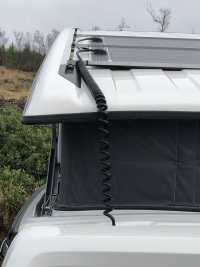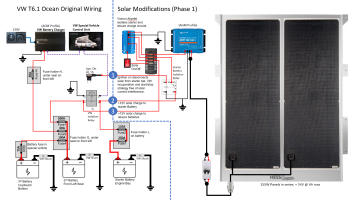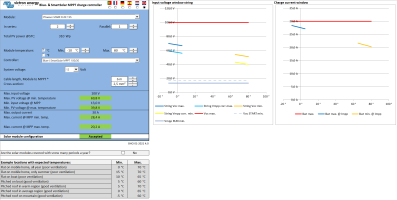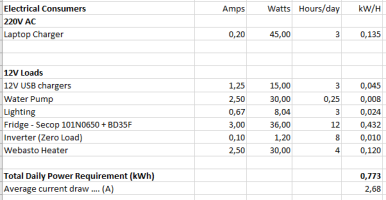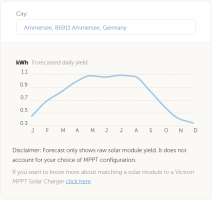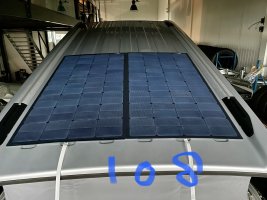California_Ocean
Any wild campers ever hooked up a wind turbine for off grid power? Some fairly small vertical ones available.
They are usually loud, need to be way above head height because they are lethal if you come into contact with the blades while they are spinning and they need to be well braced. Would take up more space in a van than a good mobile solar setup IMO. The best marine generator IMO comes from these people https://www.superwind.com/superwind-350-353/



